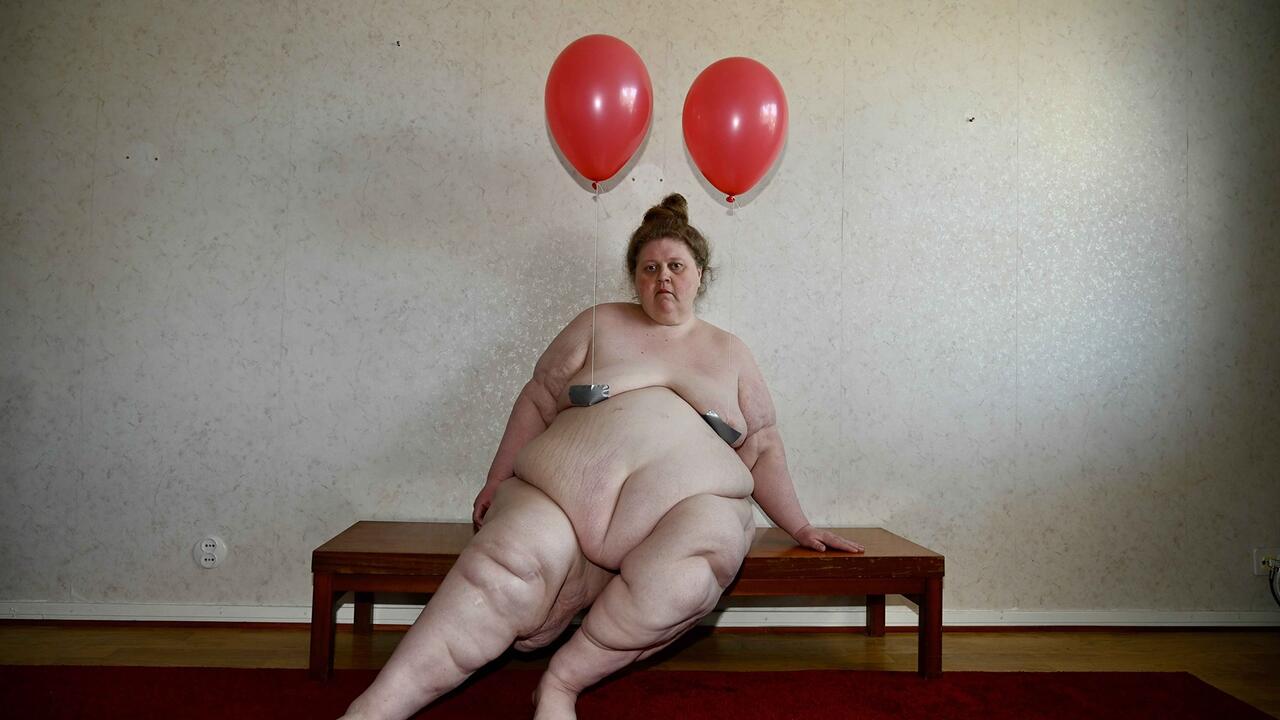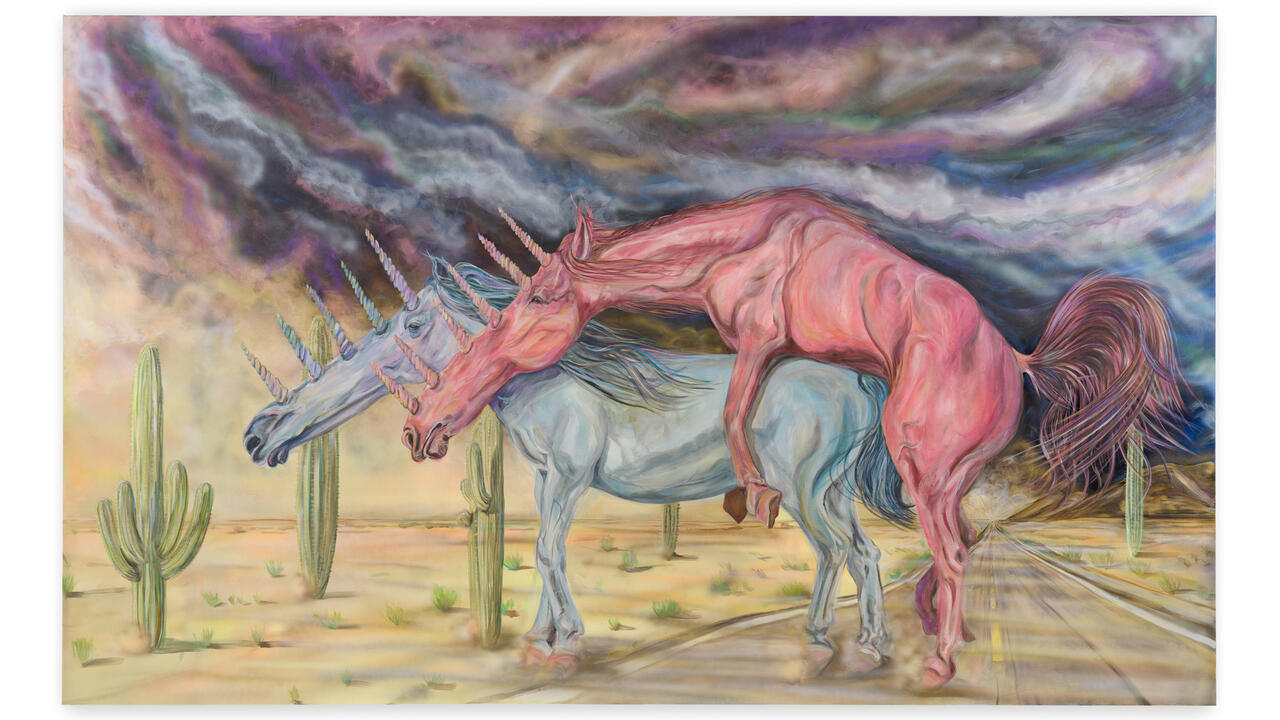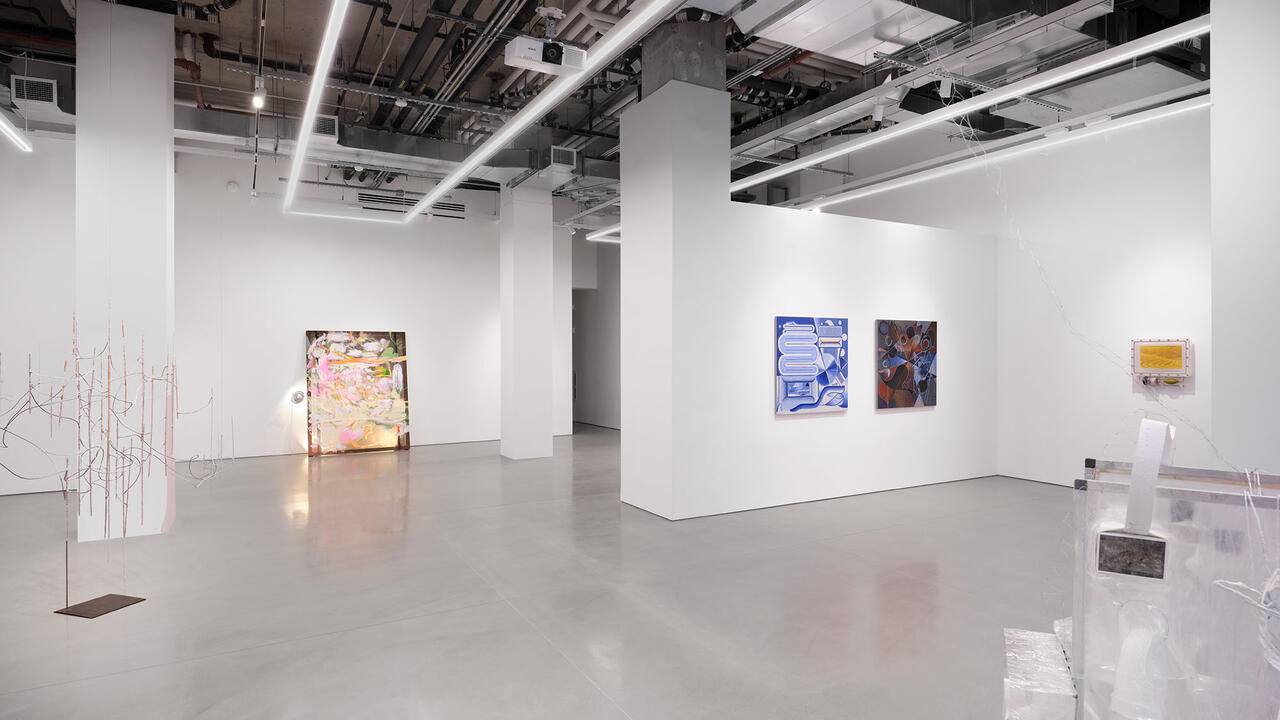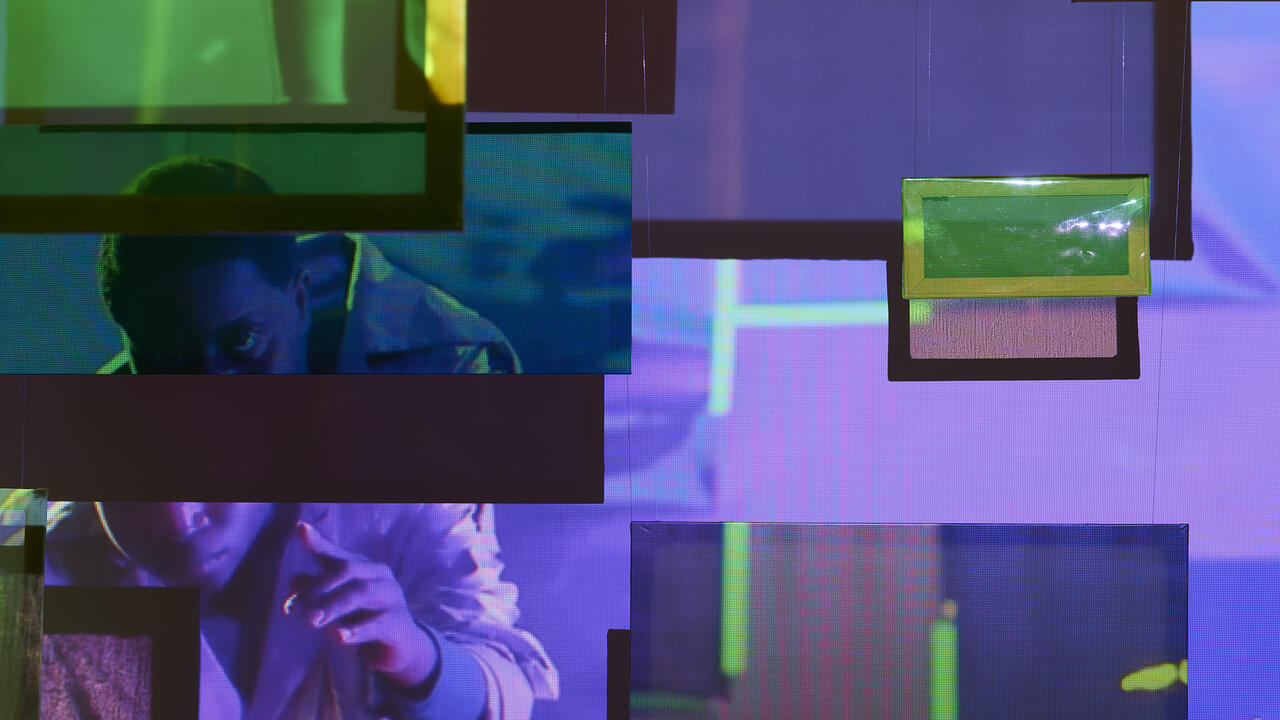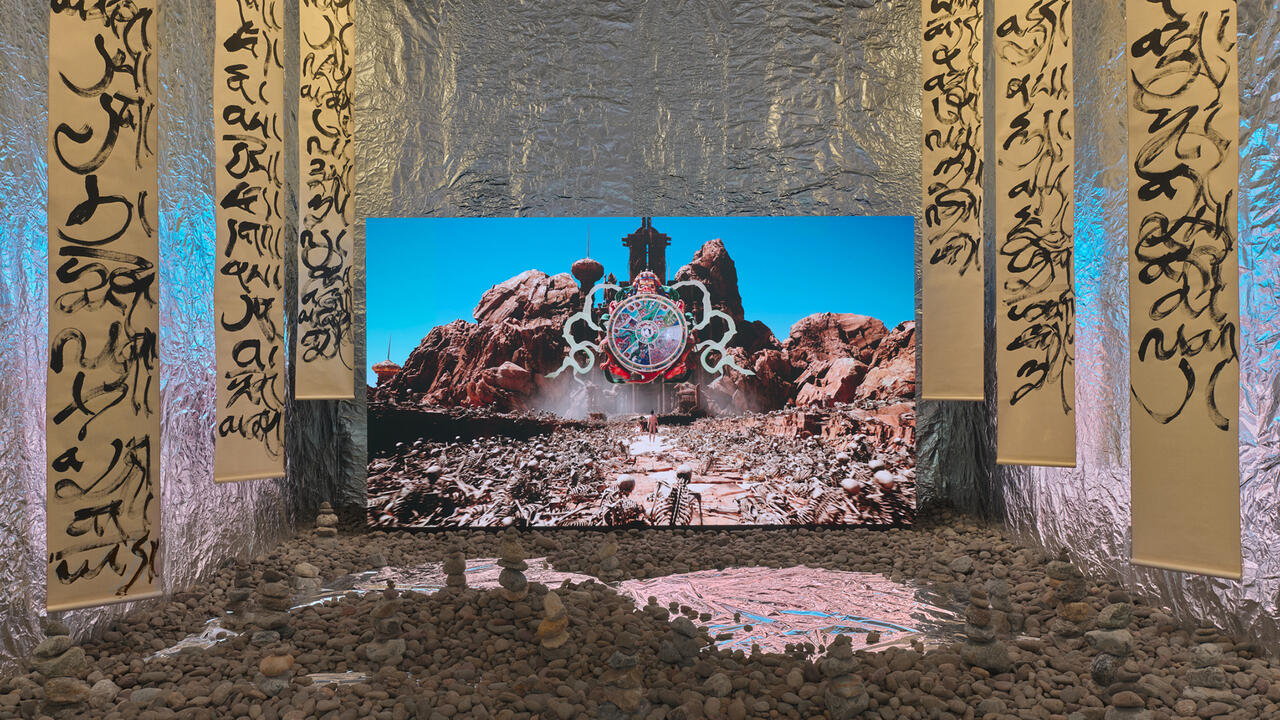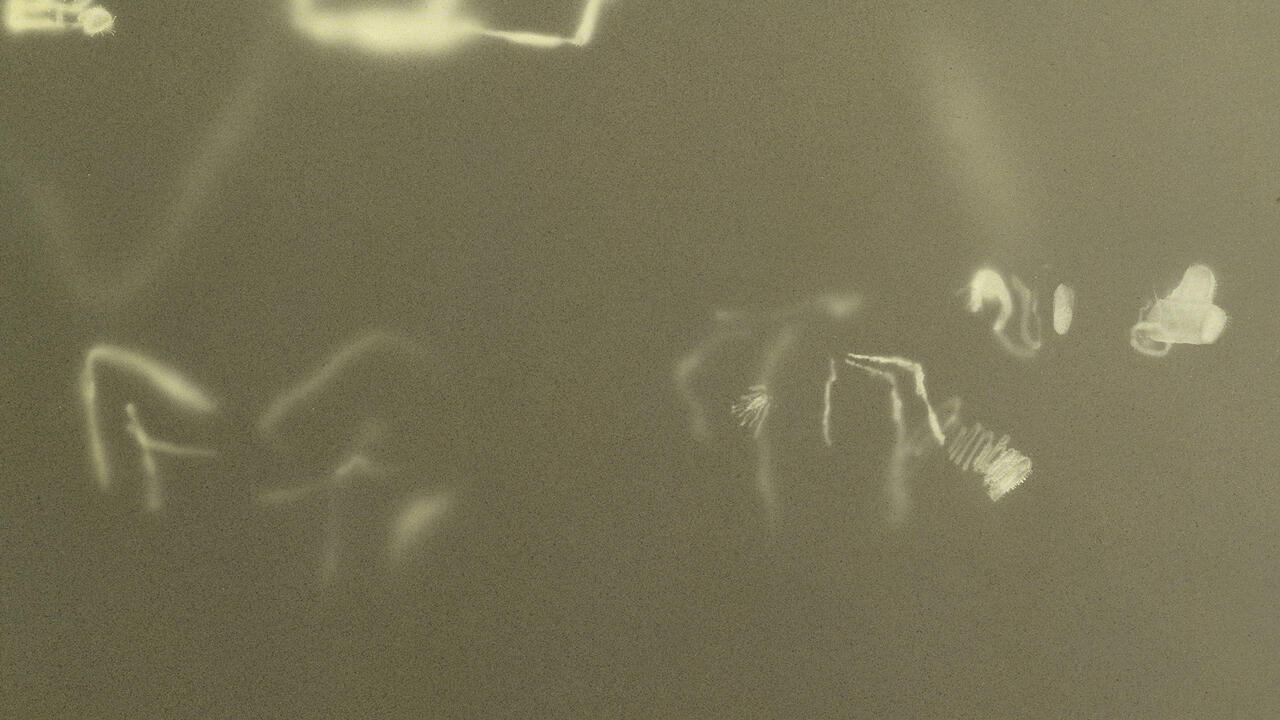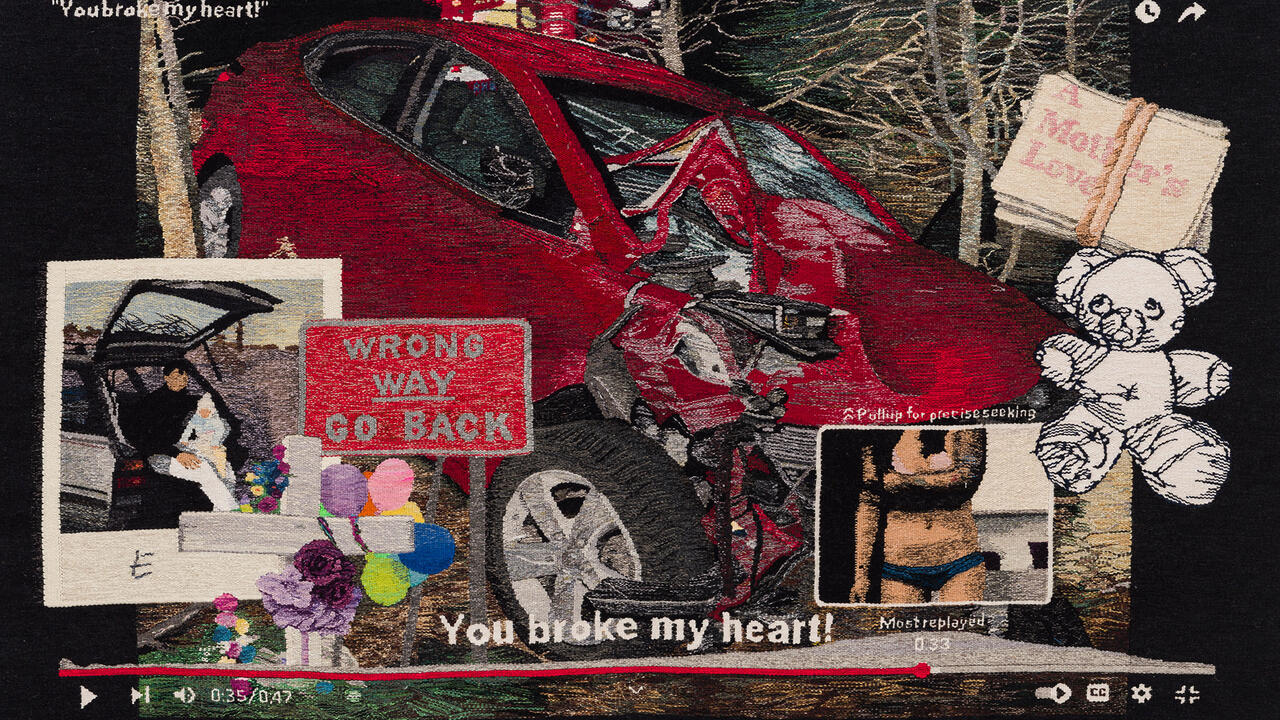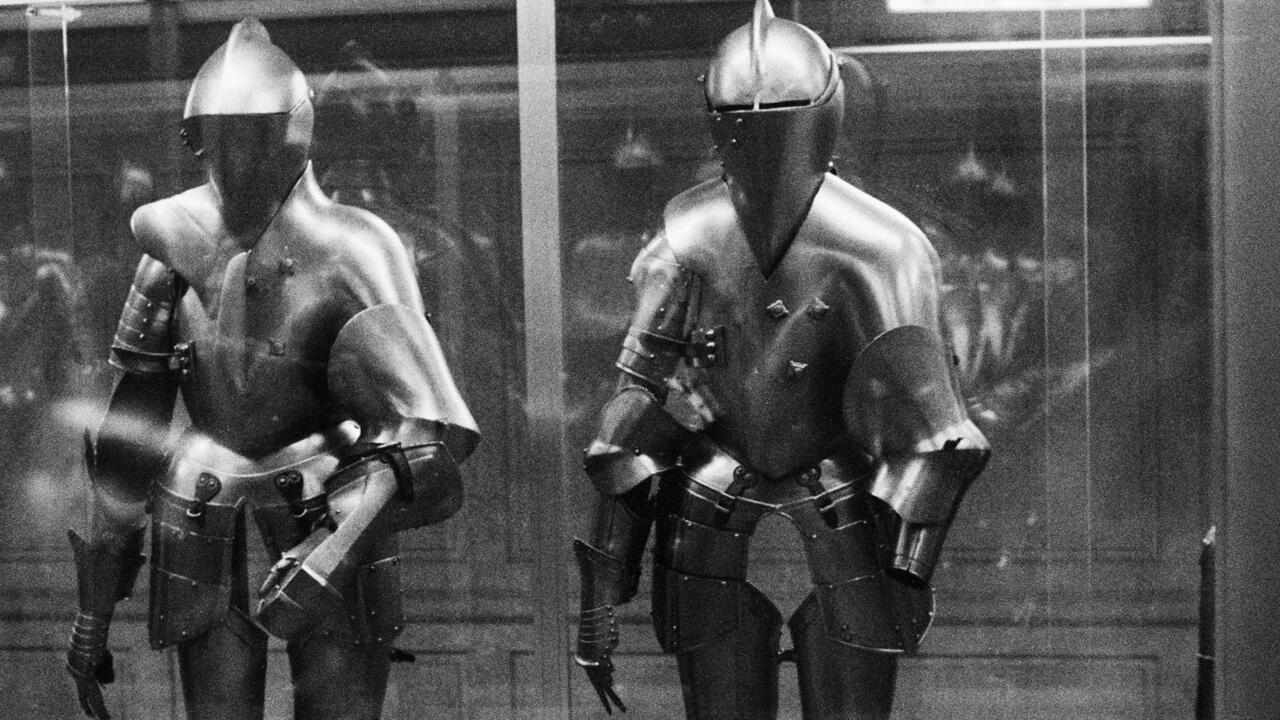Dreamlands
Whitney Museum of American Art, New York, USA
Whitney Museum of American Art, New York, USA

After decades of eulogies and solemn pronouncements around The Death of Cinema – 20 years if you date it to Susan Sontag’s The Decay of Cinema (1996); nearly half a century if you go back to the ‘Fin du cinema’ kicker of Jean-Luc Godard’s Weekend (1967) – a few enterprising souls have begun trying to account for the continuing ubiquity of this mouldering and totally irrelevant art form. This is, in part, the mission of ‘Dreamlands: Immersive Cinema and Art, 1905–2016’, a carnivalesque exhibition which adopts the premise that the traditional theatrical model of ‘cinema’ has been blown to bits, but finds the scattered fragments still moving, regenerating, evolving, alive – and everywhere.
The full title of the programme, curated by Chrissie Iles, announces an intention to cover an ambitious timeframe, though the work on display leans heavily towards the mid-20th century and beyond. ‘1905’ refers to the date of just one work in particular: Edwin S. Porter’s three-minute Coney Island at Night. Here displayed on loop on a modest flatscreen, the Thomas Edison-financed project offers brief views of the pleasure park dazzlingly illuminated by Edison bulbs. Coney Island at Night is used as a stand-in for a whole host of ‘immersive panoramic spectacles’ of the early-cinema period, per Iles’s catalogue essay, which sustains that Porter’s film ‘predicts the complex experience of contemporary digital space’.

The exhibition, which incorporates screenings both at the Whitney and offsite at Brooklyn’s Microscope Gallery, endeavours to trace an associative chronology of film made to be shown outside of the conventional cinema environment. The works explore ‘new conceptualizations of human subjectivity’ – that is, going beyond the spectator/screen paradigm – with the figure of the (usually female) cyborg acting as a recurring tour guide, from the herky-jerky automatons of Oskar Schlemmer’s Triadic Ballet (1922) to the Tilda Swinton-skinned AI bot of Lynn Hershman Leeson’s DiNA (2004–06) and the shaven-headed female avatar who leads the way through Hito Steyerl’s non-interactive ‘game’ Factory of the Sun (2015).
‘Dreamlands’ is, in effect, divided into two halves: one comprising pre-digital works; the other, works afloat in the ether of the 21st century. In the back corridor running between the two, you can step into a screening of Mathias Poledna’s suitably liminal work Imitation of Life (2013), a 35mm projection of a short musical animation that simulates the 1930s house style of Walt Disney Studios.

On entering ‘Dreamlands’, you pass a screening of a 1970 production of the Triadic Ballet to find yourself in a warren of beckoning, black-box theatre spaces. The tintinnabulation of John Cage and Lou Harrison’s Double Music (1941) announces Raumlichtkunst (Space Light Art, 1926), a triptych of simultaneously projected animations by Schlemmer’s countryman Oskar Fischinger, made up of dizzying, successive Spirograph designs: magma-like whorls, horizontals dancing like stock-market graphs, rapidly shrinking circles evoking operational bomb-bay doors. (Fischinger is also represented here through his unused concept drawings for Fantasia, 1940 – the Gesamtkunstwerk of another great avant-gardist, Walt Disney.)
The handsome ‘Dreamlands’ catalogue, which features essays by Tom Gunning and J. Hoberman, posits the show as a sequel of sorts to Iles’s 2001 Whitney exhibition ‘Into the Light: The Projected Image in American Art, 1964–77’. The ‘expanded cinema’ experiments of this period are well represented, with the most prominent inclusion being a re-creation of the touring version of Stan VanDerBeek’s Movie-Drome, which was launched in 1963 inside a grain silo in Stony Brook, New York. The projected images in Jud Yalkut’s Destruct Film (1967) – screened in its own dedicated room – are almost incidental to the emergency siren-like revolutions of countdown leader and bed of unspooled 16mm film that decorates the floor. (The visitors I saw seemed almost hesitant to touch the stuff: given its increasing scarcity, celluloid is afforded a new reverence.) Another demonstration of the materiality of analogue film is on display in Anthony McCall’s Line Describing a Cone (1973), a 30-minute looped 16mm projection that consists of nothing more than a dot very slowly tracing a circle. A conical beam crosses a dark, smoke-machine-clouded space in which the participant-spectator is free to examine the shaft of light from all angles or duck inside it and look up at the barrel-vaulted ‘ceiling’ – a plane that, having seen one too many movies featuring high-tech burglar alarms, gallery-goers might feel nervous about breaking.

While McCall’s piece is isolated in such a manner as to encourage contemplation, not all works fare as well. Joseph Cornell’s Rose Hobart (1936) – in a diminutive digital projection shot through a reproduction of Cornell’s own blue-tinted optics – is overpowered by the nearby presence of Bruce Conner’s CROSSROADS (1976), whose Patrick Gleeson and Terry Riley score permeates the whole of the wing. Comprising 37 minutes of mushroom clouds filmed over Bikini Atoll, from a multitude of angles at voluptuous half-speed, CROSSROADS exerts an undertow suck; I’d be tempted to chalk up its evident popularity to a renascent nuclear anxiety in the Age of Trump, though plenty of visitors just seemed eager to get a selfie with Armageddon.
Audio interference also besets Ian Cheng’s Baby feat. Ikaria (2013). The digital metamechanics of CGI forms, struggling to assemble and then sinking under their accumulated weight, are seen to good effect on a monolithic vertical screen. However, the soundtrack of three chatbots locked in cross-purposes jabber (‘Do you have any personal problems at the moment? Do you feel more body sensations than emotions?’) is hard to make out over ambient racket. In an exhibition dedicated to the dismantling of the traditional movie-theatre model, the works that fare best, ironically, tend to benefit from at least something of that model’s enforced isolation and concentration of attention. I’d love to see the entirety Lorna Mills’s Ways of Something (2014) – a collective enterprise that decoupages agitated Tumblr-wave graphics over the narration of John Berger’s Ways of Seeing (1972) – but who has the fortitude to spend two hours sitting on a bench wearing headphones when Vimeo awaits? Better just to trundle into Ben Coonley’s snug, cardboard-and-binder-clips geodesic dome for his comic-discursive overhead-projected Trading Futures (2016). Or plop down for a spell in Alex Da Corte and Jayson Musson’s Easternsports (2014), an inhabitable environment of four facing screens, backed by neon glyphs, featuring interior projections summoning up a succession of spaces that feel like a cruise line in purgatory, haunted by figures moving in underwater slow-motion, while subtitles chock-a-block with pop-culture ephemera pan below, tinged with the anxiety of obsolescence. Yet, at the risk of sounding outmoded myself, the playful references to cinema’s fairground origins found in the time-tested works by McCall, VanDerBeek and Yalkut seem harder to trace in the contemporary section – although the hellish eyestrain induced by spending nearly four hours wearing 3D glasses and surrounded by multiscreen projections may well account for my diminished enthusiasm.

The catalogue answers some hanging questions, but not all; and, while ‘Dreamlands’ indefatigably pursues its cyborg muse through the ages, there’s little here that encompasses the contemporary cinema-of-the-self recorded by the fusillade of cameraphones. Just how are single-channel works like CROSSROADS or Imitation of Life challenging the theatrical paradigm? And where is Paul Sharits – or, indeed, any of the ‘expanded’ works produced in the last decade by many noteworthy figures associated with traditional theatrical cinema?
‘Dreamlands’ brings together some fantastic pieces, and offers the simple pleasures of playing limbo with a projector beam and nesting on a bed of crispy celluloid, but those who are looking for a unified historical theory of the atomized cinema may leave more confused than when they arrived. Intentionally or otherwise, however, the show does offer an appraisal of the state of moving-image arts: chaos reigns!
Lead image: Andrew Norman Wilson, Ode to Seekers 2012 (detail), 2016, video still. Courtesy: collection of the artist








